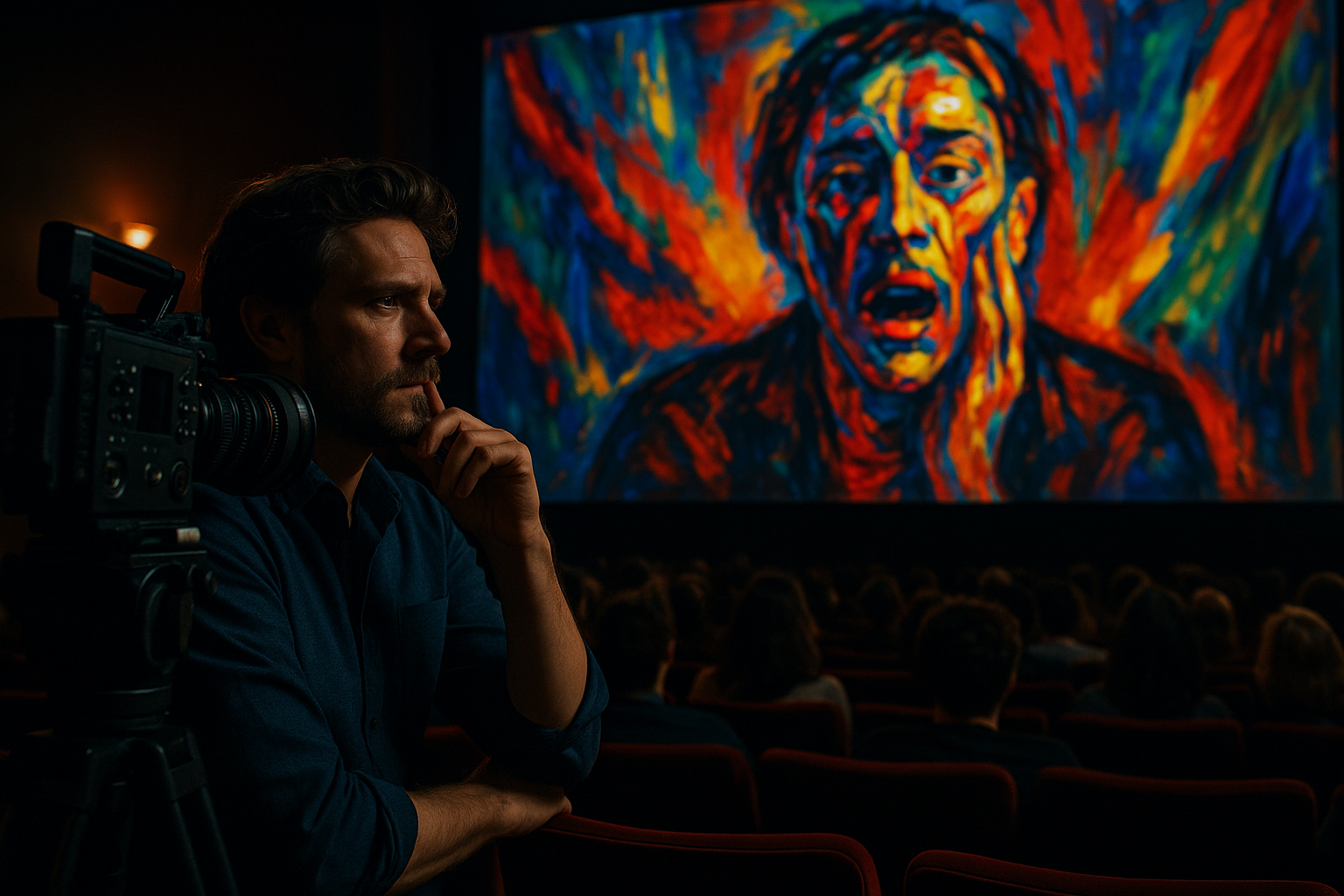Practical guide to festival submission and global exposure
This guide outlines practical steps for submitting work to festivals and building international visibility across film, theatre, music, gallery shows, and online platforms. It highlights submission prep, platform adaptations, rights management, funding strategies, accessibility, and targeted promotion to reach global audiences.

First paragraph: Preparing for festival submission and broader exposure means combining creative clarity with practical planning. Focus on concise materials, reliable formats, and clear rights information so curators and platforms can evaluate your work quickly. Whether you produce a short film, a theatre piece, an exhibition, or recorded music, a consistent package of synopsis, technical specs, and promotional assets improves your chances of selection and downstream opportunities.
What should I prepare for festivals and exhibitions?
A strong submission package includes a synopsis, artist statement, technical specifications, and high-quality stills or clips. For galleries and exhibitions, include installation notes and curation context; for festivals, supply runtime, format, and screening materials. Storytelling clarity helps curators assess fit: outline themes, audience, and any accessibility features. Prepare press kits and clear contact details so organizers can request additional materials or rights documentation without delay.
How to adapt filmmaking for streaming and cinema platforms?
Filmmaking projects intended for both cinema and streaming need flexible deliverables. Provide DCP and high-bitrate mezzanine files for theatrical exhibition, alongside H.264/H.265 versions optimized for streaming. Include closed captions and subtitle files to broaden reach. Consider festival premieres versus platform release windows: distribution plans and exclusive premiere clauses can affect festival eligibility and future licensing or distribution deals.
How can theatre and music projects use licensing and merchandising?
For theatre and music, clear licensing agreements enable touring, adaptations, or recorded distribution. Define performance rights, synchronization permissions for recorded tracks, and merchandising terms if you plan product sales. Merchandising extends visibility and revenue—consider limited runs tied to a festival appearance. Keep accurate metadata for tracks and scripts to streamline licensing and royalty collection, and consult rights experts when negotiating complex deals.
How can galleries, exhibitions, and curation increase global exposure?
Curators and galleries look for coherent narratives and installation feasibility. Provide high-resolution documentation, conservation notes, and exhibition history to support loan or touring requests. Participate in curated showcases or digital exhibitions to reach remote audiences; virtual tours and timed online events can complement physical exhibitions. Leverage curation networks and artist registries to connect with international programmers and ensure your work is discoverable.
How to use crowdfunding, promotion, and distribution strategies?
Crowdfunding can fund completion, festival fees, or physical exhibition costs while building an initial audience. Combine crowdfunding with targeted promotion—email lists, social media, and partnerships with local services or cultural organizations in your area. Plan a phased distribution approach: festival circuit, limited live events, then wider streaming or licensing to maximize visibility. Use clear storytelling in campaign pages and promotional materials to communicate the project’s unique value.
How to ensure accessibility, licensing clarity, and long-term visibility?
Accessibility broadens audience reach: provide captions, audio descriptions, ramped venues, and audience-friendly notes. Draft straightforward licensing terms for repeat showings, streaming windows, and merchandising. Maintain organized rights documentation to ease negotiations for distribution and licensing. Consider archival strategies—secure masters and metadata so your work is ready for future exhibitions, streaming platforms, or educational licensing opportunities.
Conclusion paragraph: Festival submission and global exposure combine careful presentation, technical readiness, and strategic promotion. By preparing clear materials, understanding platform requirements, and planning licensing and accessibility from the start, creators across cinema, theatre, music, and galleries can build sustainable visibility. Consistent documentation, thoughtful curation, and deliberate distribution choices help artistic projects find audiences at home and abroad.





